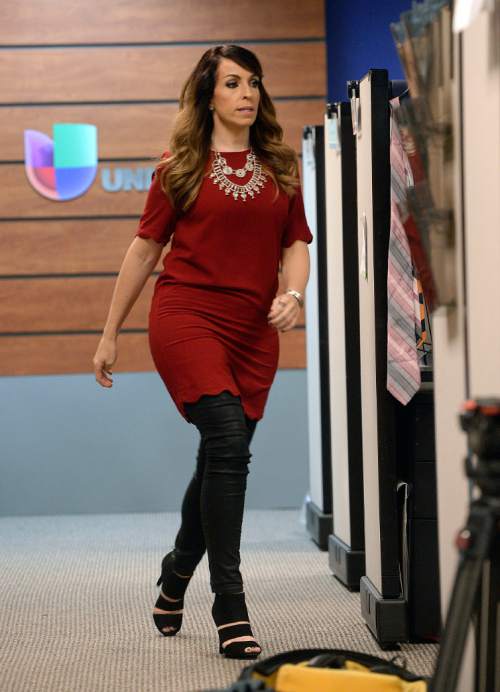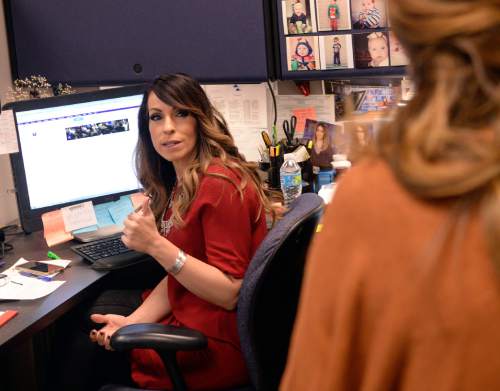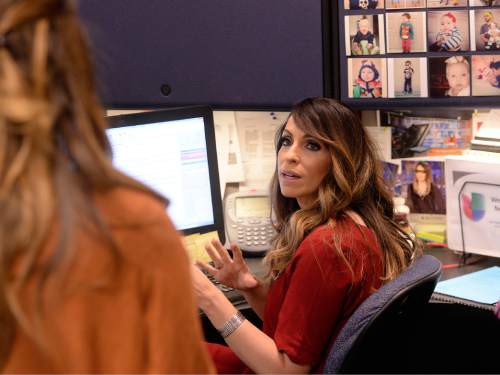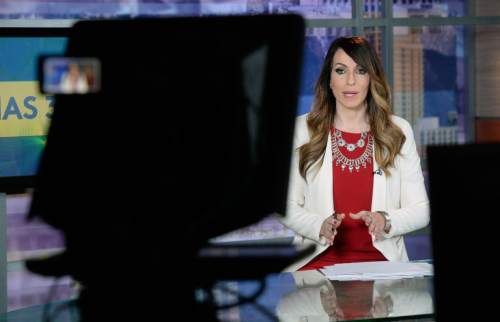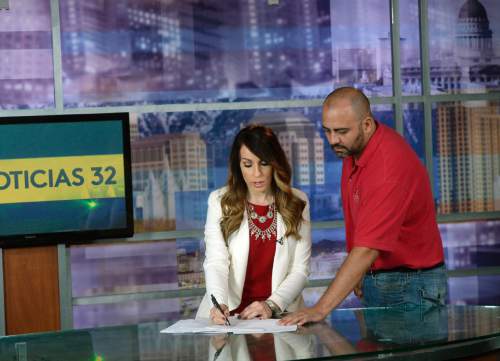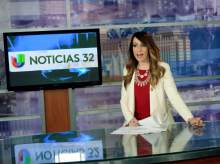This is an archived article that was published on sltrib.com in 2016, and information in the article may be outdated. It is provided only for personal research purposes and may not be reprinted.
Utah Latinos just passed a key milestone: More than 400,000 now live in the state.
In race and age data released Thursday, the U.S. Census estimates that 411,143 Hispanics resided in Utah in 2015, about 13.7 percent of the state's population of 3 million — about one in every seven residents.
That is equivalent to the combined total populations of Davis, Tooele and Morgan counties.
Since the 2010 census, Utah's Latino population grew by 52,803 people, up 14.7 percent. The share of Utah's population that is Hispanic increased from 12.9 percent to 13.7 percent in those five years.
"It shows we're here to stay, and we are growing," said Tony Yapias, director of Proyecto Latino de Utah. "The data show that almost all of the growth now is coming from births to people living here. Not much immigration has been happening in recent years" after the recession.
—
Signs of change • Yapias, an immigrant from Peru, said the effects of the growing numbers of Latinos have been easy to see during the 35 years he has lived in Utah.
"When I first moved here, there were a few small [Latino] markets here and there on the west side of Salt Lake City where you could find some ethnic foods," he said.
Now large Latino-focused stores and chains — like Rancho Markets and Anaya's Market — operate throughout the Wasatch Front and also cater to non-Hispanics who acquired a taste for their food, as do widespread Mexican and other Latino restaurants. Even mainstream grocery stores have added Latino brands and products.
"They said, 'Wait a minute, we're missing out because Rancho Markets is taking our clientele,' " Yapias said. So mainstream markets "targeted specific areas where they have large Latino populations where they have more of the foods that Latinos like."
As Spanish-language radio and TV stations have proliferated, Yapias notes, banks, insurance agencies, car dealers, medical clinics and much more also now commonly have "se habla Español" signs advertising that they speak Spanish.
While most Latinos here speak English, Yapias said, it is easier for many "to do business in their native language," and merchants "want a piece of the pie of the $4 billion to $5 billion that Latinos generate here every year."
—
Ethnic enclaves • Many Utahns still may not have noticed the growth of Latinos and other minorities because of geographic and occupational separation, said Pam Perlich, director of demographic research at the University of Utah's Kem C. Gardner Policy Institute.
"It's very possible for people to be unaware that there is such a large presence of Hispanics in Utah because there are ethnic enclaves" where Latinos tend to cluster in minority-majority communities, especially in western Salt Lake City, West Valley City, Ogden and other spots sprinkled statewide, she said.
"You also have very white, non-Hispanic areas where there are not many Hispanics. And then there is an occupational segregation" where many Latinos are still first-generation Americans working in construction or service industries.
"So if people are not seeing them in their workplace, or not in their neighborhoods or not in their churches, they could be under the mistaken impression that, 'Hey, I hear about Hispanics, but I don't see any,' " she said. "But go to a Real Salt Lake game, and you may change your mind."
—
Coming impacts • The real Latino impact on Utah, Perlich added, "is just emerging because it is a very young population. A lot of this population is kids born to immigrants. The real impact politically and economically is yet to be seen when these young folks grow up and come of age."
She notes, for example, that "the Salt Lake City School District is majority-minority," and younger generations in Utah have more minorities than other age groups — so Latinos will have more impact as those youths grow up.
Another important change for the Latino community, Yapias said, is growth in the number of its students completing high school. He said 35 years ago, the rate was in the low 40 percent range. Just a few years ago, it was in the low 60s. Now it is in the mid-70 percent range.
Yapias said many students previously were undocumented immigrants, or the children of undocumented immigrants, and did not see why they should finish school if they likely would be unable to continue toward college or find a quality job without documentation.
He said percentages improved dramatically since 2012, when President Barack Obama issued his Deferred Action for Childhood Arrivals order allowing many undocumented immigrants who arrived as children to attend college and work.
—
Total minority population • The new Census data also show that Utah is now 21 percent minority — with a total minority population of 628,826 — and Latinos account for the lion's share of that.
The population of other minorities besides Latinos includes: Asians, 70,971; blacks, 31,430; American Indians, 29,206; Pacific Islanders, 27,809; and people with two or more races, 58,267.
Data analysis by the Gardner Institute shows that Salt Lake County has the state's largest minority population, at 307,841, followed by Utah County, 97,824; Weber, 56,649; Davis, 52,508; and Washington County, 23,343.
By percentage, San Juan County (home to a large Navajo reservation) has the most minorities, at 54.2 percent (and is the only county where minorities have a majority of the population), followed by Salt Lake County, at 27.8 percent; Weber, 23.3 percent; Uintah County, 18.3 percent; and Grand County, 17.7 percent.
The new census data also show that Utah still has the youngest average age among the states, at 30.7 years, largely because of the Mormon influence for large families. But that has increased rapidly from an average of 29.3 in the 2010 census.
Data also show that Utah County ranked seventh in the nation among counties with the youngest median age, at 24.5 years old.
Twitter: @LeeHDavidson —
Population of Utah Latinos
2010 • 358,340
2011 • 370,281
2012 • 378,876
2013 • 389,693
2014 • 399,273
2015 • 411,143
Source: U.S. Census Bureau —
Utah minority population
Latinos • 411,143
Asians • 70,971
Blacks • 31,430
American Indians • 29,206
Pacific Islanders • 27,809
People with two or more races • 58,267
Source: U.S. Census Bureau




